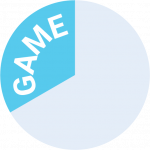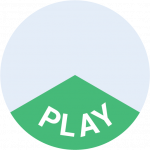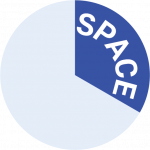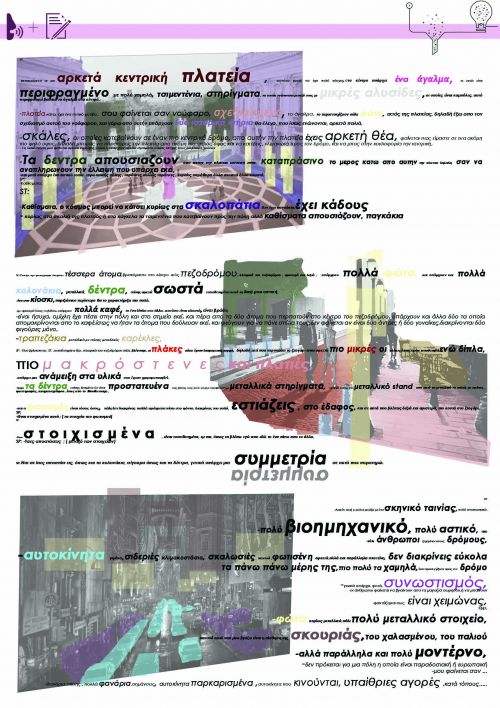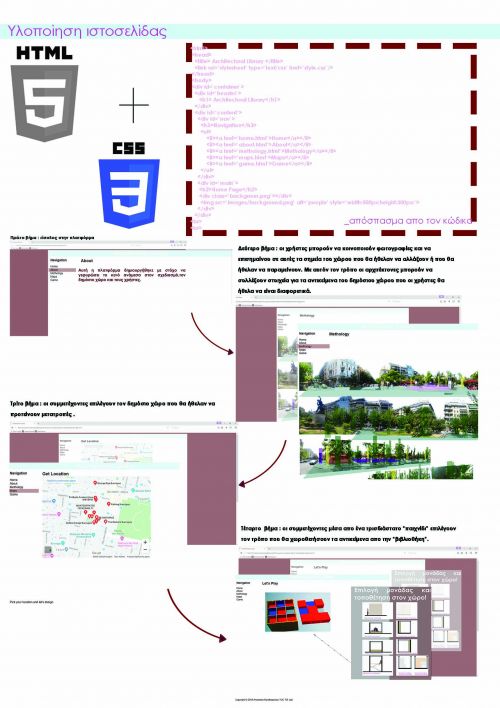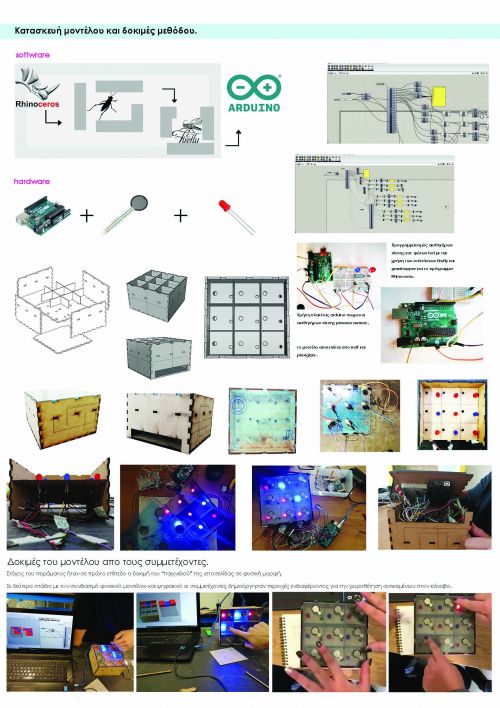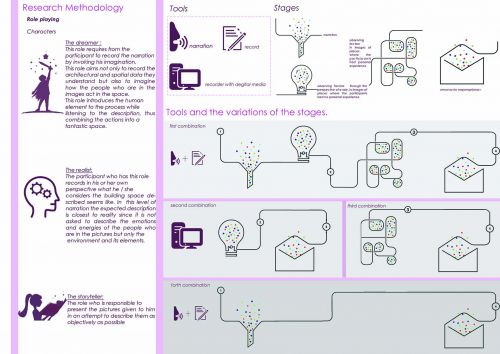(CHANGED categories added pictures and text) |
|||
| Line 1: | Line 1: | ||
[[Category: | [[Category:Project]] | ||
{| | {| | ||
|- | |- | ||
Latest revision as of 11:43, 10 November 2020
Author: |
Anastasia Kyriakopoulou |
Athens, Greece, 2019 | |
The project “Rethinking urban design in the digital era”, takes into consideration the theoretical framework regarding new technologies and their impact in everyday life. The main goal is to create a holistic design framework that guarantees the successful combination of all aspects of everyday life, in order to produce an informative, useful, and symbolically rich outcome. It aims at empowering people through bridging the digital gap, allowing them to become “makers” of the collective spaces, redefining the sense of public/urban space, and so to use digital media creatively, and not only as consumers. This study aims to explore gaming and narrative as tools of collective design. Moreover, since the majority of our everyday actions are taking place through cyberspace in one form or another, the proposed platform utilizes new technologies in order to reinvent public space bridging culture and virtual space.
Through the development of a tool consisting of three key innovative elements: (a) development of a platform that allows real- time interaction between users, (b) this platform will operate not only as a game but will also create teams of people who are interested in making changes in the existing public space, (c) instructions on how to manufacture the urban equipment in a library of assets . These elements will facilitate the implementation of gaming as a tool in architectural research, but also will strengthen the maker movement. Incorporating the aforementioned elements, the presented research aims to provide a bridge between the virtual and the real world. In order to accomplish that goal a 3D-immersive role-playing game is to be created that will augment the process of storytelling and enrich the collective memory through gaming.In this context, users are able to pick a point of interest in the map and then they can enter a 3D platform similar to a video game. Logging in into the platform users can create a character and walk around an existing public space of their choice. The virtual environment acts as a tool of augmentation of the experiences in the process.
The simulation includes factors as, different environmental conditions or the amount of people using the place, as well as a variety of activities. In that way they can enrich their experience of public space, change perspectives and help them identify and/or create different objects that are useful or the place lacks.
The different teams are responsible for the public spaces that are willing to redesign. In that way a first layer of information is being collected. The problems or the preferences are being specified by the players. At the next stage, the proposals are being saved as a project in the platform, and other have the option to “live” in it and provide feedback or even interventions. Moreover, by working together citizens are getting used to the idea of collaboration. It is really important to mention at this point that through the research the goal is not limited only on the familiarization with new technologies but also aims to cultivate a new pedagogy on how people co-inhabit, co-create and experience together urban space in the era of information.
Afterwards, the players are getting together and create larger teams. The different teams are responsible for the public spaces that are willing to redesign. The groups responsible for each place are being verified as a “registered” team and then they are able to share responsibilities in order to start designing and even fabricate their proposals not in virtual environment but in the existing space. In that way users of public space can communicate their needs to architects through gaming
- Project
- Purpose Activation
- Purpose Collaborating
- Purpose Visualise needs
- Purpose Simulate impact of decisions
- Purpose Decision making
- Purpose Designing
- Co-Creation Co-analysis
- Co-Creation Co-design
- Outcome Decision making
- Outcome Design
- Outcome Inclusion
- Mechanics Alternative reality
- Mechanics Role play
- Mechanics Location based
- Mechanics Simulations
- Mechanics Mapping
- Mechanics Geolocation
- Mechanics Hypothesis
- Technology Tools AR VR
- Technology Tools Audio Visual
- Technology Tools Data Collection Visualization
- Technology Tools Digital Interface
- Aesthetics Imagination
- Aesthetics Realism
- Scale Neighbourhood
- Audience Community
- Audience Stakeholders
- Scope Pre-defined
